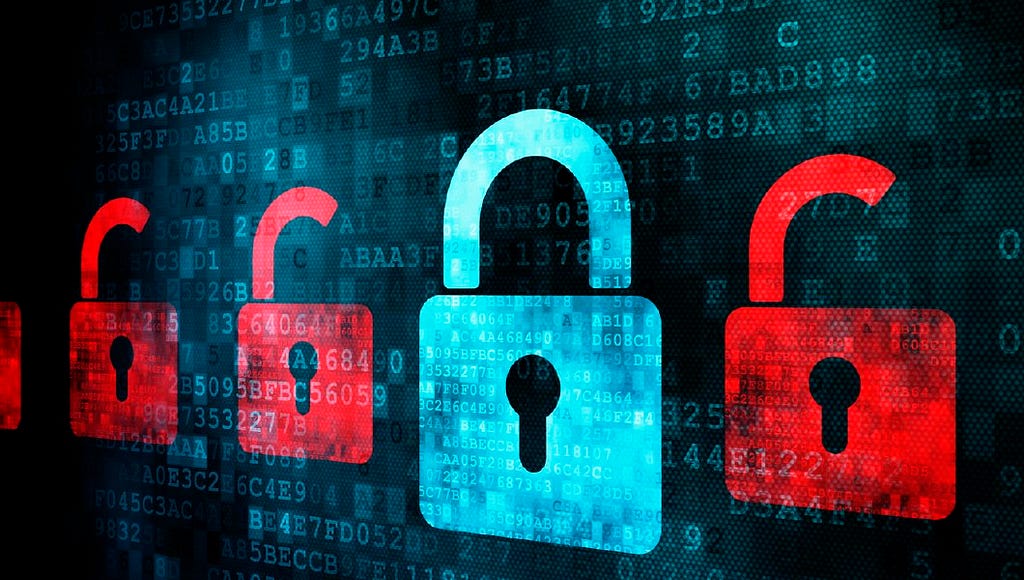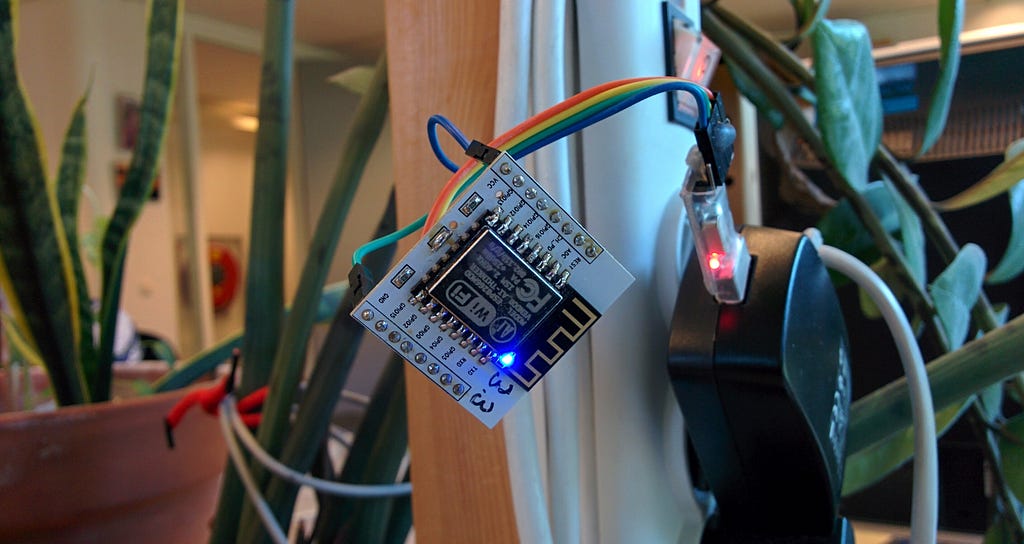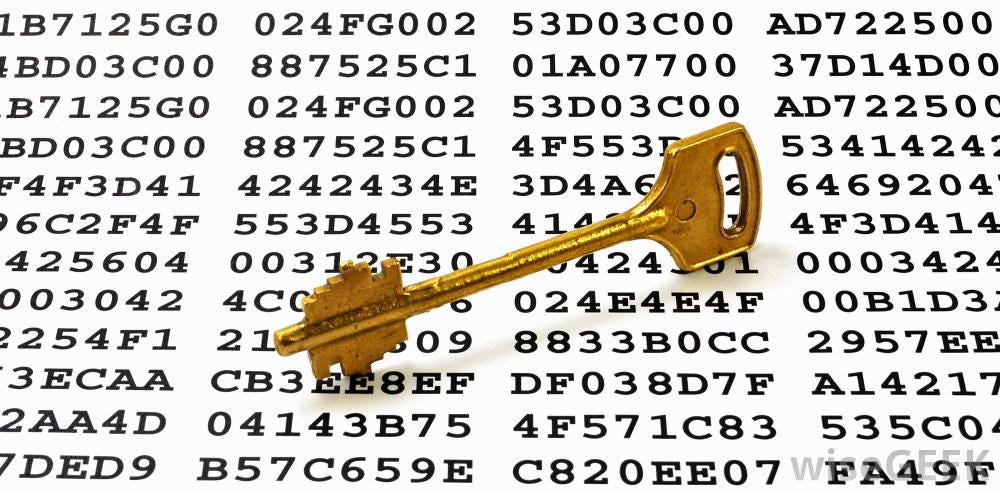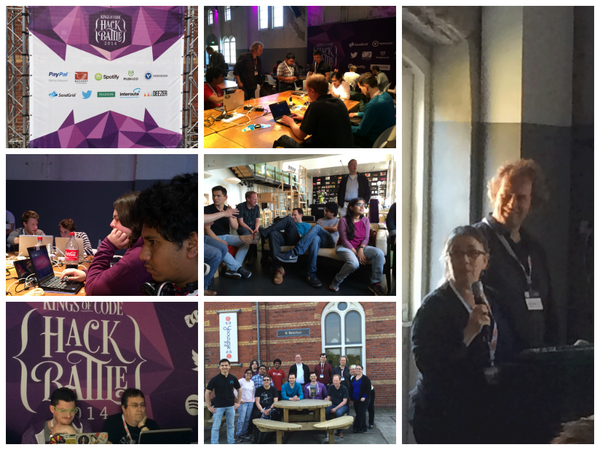-
chevron_right
Client based filtering in Unbound
pubsub.slavino.sk / nlnetlabs · Thursday, 22 December, 2016 - 14:10 edit · 3 minutes
By Ralph Dolmans

We noticed a demand from resolver operators to depend DNS answers on the address of the client. The tag functionality introduced in Unbound 1.5.10 and the new views functionality in Unbound 1.6.0 meet these wishes.
Tags
Unbound’s tags functionality makes it possible to divide client source addresses in categories (tags), and use local-zone and local-data information for these specific tags.
Let’s say we like to have two tags, one for domains containing malware, and one for domains of gambling sites. Before these tags can be used, you need to define them in the Unbound configuration using define-tags :
define-tags: "malware gambling"
Now that we made Unbound aware of the existing tags, we can start using them. The access-control-tag element is used to specify the tag to use for a client addresses. It is possible to add multiple tags to an access-control element:
access-control-tag: 10.0.1.0/24 "malware"
access-control-tag: 10.0.2.0/24 "malware"
access-control-tag: 10.0.3.0/24 "gambling"
access-control-tag: 10.0.4.0/24 "malware gambling"
Unbound will create an access-control-tag element with the “allow” type if the IP netblock in the access-control-tag element does not match an existing access-control .
When a query comes in from an address with a tag, Unbound starts searching its local-zone tree for the best match. The best match is the most specific local-zone with a matching tag, or without any tag. That means that local-zones without any tag will be used for all clients and tagged local-zones only for clients with matching tags.
Adding tags to local-zones can be done using the local-zone-tag element.
local-zone: malwarehere.example refuse
local-zone: somegamblingsite.example static
local-zone: matchestwotags.example transparent
local-zone: notags.example inform
local-zone-tag: malwarehere.example malware
local-zone-tag: somegamblingsite.example malware
local-zone-tag: matchestwotags.example "malware gambling"
A local-zone can have multiple tags, as illustrated in above example. The tagged local-zones will be used if one or more tags match the client. So, the matchestwotags.example local-zone will be used for all clients with at least the malware or gambling tag. The used local-zone type will be the type specified in the matching local-zone. It is possible to depend the local-zone type on the client address and tag combination. Setting tag specific local-zone types can be done using access-control-tag-action .
access-control-tag-action: 10.0.1.0/24 "malware" refuse
access-control-tag-action: 10.0.2.0/24 "malware" deny
Besides configuring a local-zone type for some specific client address/tag match, it is also possible to set the used local-data RRs. This can be done using the access-control-tag-data element.
access-control-tag-data: 10.0.4.0/24 "gambling" "A 127.0.0.1"
Sometimes you might want to override a local-zone type for a specific netblock, regardless the type configured for tagged and untagged localzones, and regardless the type configured using access-control-tag action. This override can be done using local-zone-override .
Views
Unbound's tags make is possible to divide a large number of local-zones in categories, and assign these categories to a large number of netblocks. The tags on the netblocks and local-zones are stored in bitmaps, it is therefore advised to keep the number of tags low. If a lot of clients have their own local-zones, without sharing these to other netblocks, it can results in lots of tags. In this situation is is more convenient to give the client's netblock its own tree containing local-zones. Another benefit of having a separate local zone tree is that it makes it possible to apply a local-zone action to a part of the domain space, without having other local-zone elements of subdomains overriding this. Configuring a client specific local-zone tree can be done using views.
Starting from version 1.6.0, Unbound offers the possibility to configures views. A view in Unbound is a named list of configuration options. The currently supported view configuration options are local-zone and local-data.
A view is configured using a view clause. There may be multiple view clauses each with a unique name.
view:
name: "firstview"
local-zone: example.com inform
local-data: 'example.com TXT "this is an example"'
local-zone: refused.example.nl refuse
Mapping a view to a client can be done using the access-control-view element.
access-control-view: 10.0.5.0/24 firstview
By default, view configuration options override the global (outside the view) configuration. So, when a client matches a view it will only use the view's local-zone tree. This behaviour can be changed by setting view-first to yes. If view-first is enabled, Unbound will try to use the view's local-zone tree, and if there is no match it will search the global tree.
Client based filtering in Unbound was originally published in The NLnet Labs Blog on Medium, where people are continuing the conversation by highlighting and responding to this story.
Značky: #Network, #dns, #software-development, #internet-security








 Four layer visualisation. The darker green areas are also the sectors where the highest number of data centers (blue dots) and power plants (red dots) are concentrated in Amsterdam.
Four layer visualisation. The darker green areas are also the sectors where the highest number of data centers (blue dots) and power plants (red dots) are concentrated in Amsterdam.
